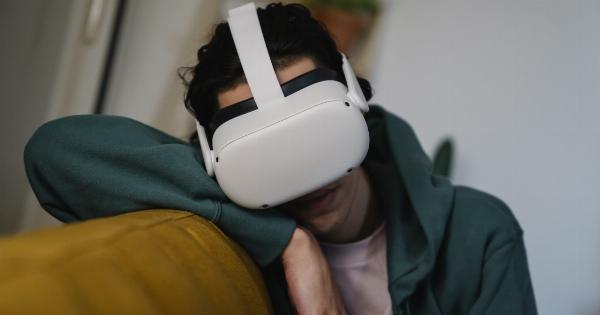Eye conditions and diseases can have a significant impact on a person’s quality of life and overall well-being.
In today’s fast-paced world, where we rely heavily on screens and digital devices, it is essential to understand the various eye issues that can arise and how to prevent and manage them effectively. This article will delve into some common eye conditions, their causes, symptoms, and available treatment options.
1. Myopia
Myopia, also known as nearsightedness, is a refractive error that causes distant objects to appear blurry. It occurs when the eyeball is slightly longer than normal or the cornea is too curved.
Myopia is often diagnosed during childhood and can worsen as one grows older. Eyeglasses, contact lenses, and refractive surgery are common forms of treatment for myopia.
2. Hyperopia
Hyperopia, or farsightedness, is the opposite of myopia. It causes nearby objects to appear blurry, while distant objects remain clear. Hyperopia occurs when the eyeball is shorter than normal or the cornea is too flat.
Like myopia, hyperopia can be corrected with glasses, contact lenses, or refractive surgery.
3. Astigmatism
Astigmatism is a condition where the cornea or lens of the eye has an irregular shape, causing blurry or distorted vision at any distance. It is often present alongside myopia or hyperopia.
Astigmatism can be corrected with glasses, contact lenses, or refractive surgery.
4. Presbyopia
Presbyopia is an age-related condition that affects the eye’s ability to focus on nearby objects. As we age, the lens of the eye becomes less flexible, making it difficult to see things up close.
This condition typically occurs after the age of 40 and is often managed with reading glasses, bifocals, or progressive lenses.
5. Dry Eye Syndrome
Dry eye syndrome occurs when the eyes do not produce enough tears or the tears evaporate too quickly, leading to dry, gritty, and irritated eyes.
Modern-day lifestyles characterized by prolonged screen time, air conditioning, and environmental factors contribute to the prevalence of dry eye syndrome. Treatment options include artificial tears, lifestyle modifications, prescription eye drops, and in severe cases, punctal plugs or surgery.
6. Cataracts
Cataracts are a common eye condition that affects the lens of the eye, leading to clouded or blurry vision. Cataracts often develop gradually and primarily occur in older adults.
Surgery, during which the cloudy lens is replaced with an artificial one, is the most effective treatment for cataracts.
7. Glaucoma
Glaucoma is a group of eye conditions that result in damage to the optic nerve, leading to vision loss and potential blindness. It is often associated with increased pressure within the eye.
Immediate treatment is crucial to prevent permanent vision loss, and options include medication, laser therapy, or surgery.
8. Age-related Macular Degeneration (AMD)
Age-related macular degeneration is a progressive condition that affects the macula, the central part of the retina responsible for sharp, central vision. It primarily affects older adults and can lead to significant vision loss.
While there is no cure for AMD, certain treatments, such as injections, laser therapy, and medications, can slow its progression and manage its symptoms.
9. Retinal Detachment
Retinal detachment occurs when the retina, the thin layer of tissue at the back of the eye, pulls away from its normal position. This condition is a medical emergency that requires immediate attention to prevent permanent vision loss.
Surgery is the most common treatment for retinal detachment.
10. Conjunctivitis
Conjunctivitis, commonly known as pink eye, is an inflammation of the conjunctiva, the clear tissue that covers the white part of the eye and lines the inner surface of the eyelids. It can be caused by an infection, allergies, or irritants.
Treatment options for conjunctivitis depend on the cause and may include antibiotics, antihistamines, or artificial tears.
Conclusion
Eye conditions and diseases can greatly impact an individual’s vision and overall quality of life.
Regular eye check-ups, maintaining a healthy lifestyle, and protecting our eyes from environmental factors are essential for prevention and early detection. If you experience any changes in your vision or eye health, it is crucial to consult a qualified eye care professional for a thorough examination and appropriate treatment.

























